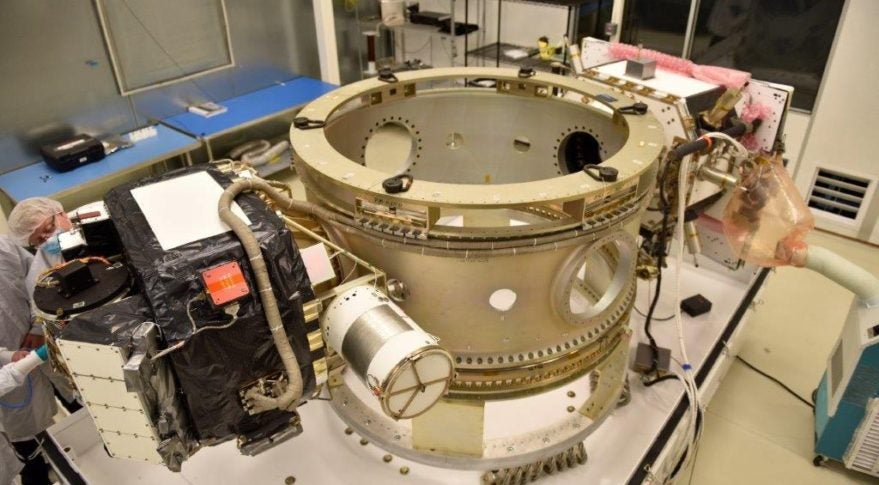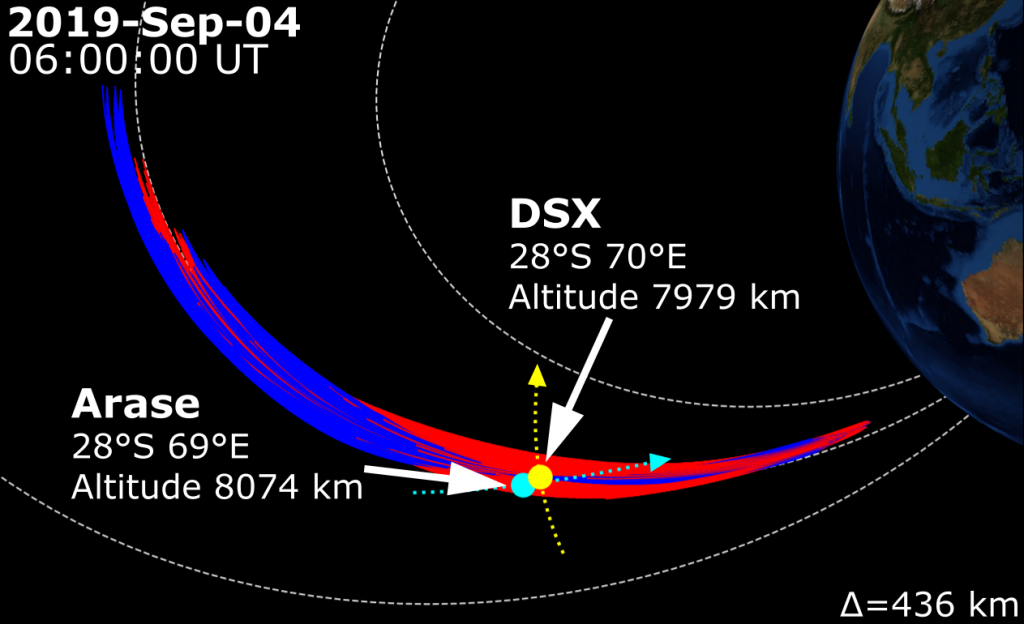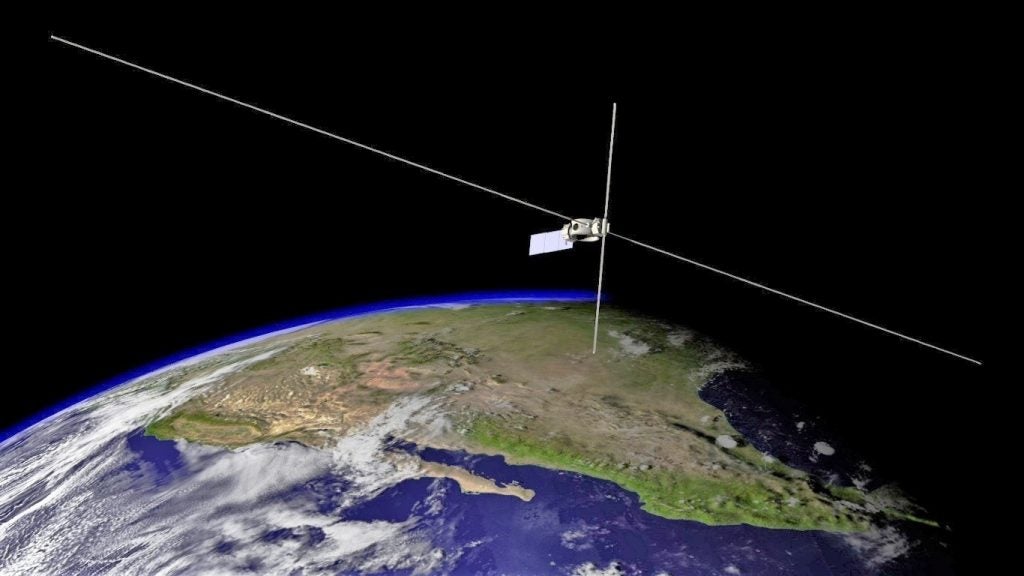Air Force Research Laboratory Retires Largest Self Supporting Satellite
The U.S. Air Force Research Laboratory (AFRL) decommissioned its Demonstration and Science Experiments (DSX) spacecraft after two years of its launch and a year later than its initial expected decommissioning date.

The DSX is the largest self-supporting satellite orbiting earth, with booms spanning the length of an American football field. Work on the experimental spacecraft began in 2003, only concluding in its launch in 2019.
The AFRL commissioned the development of the DSX to research the effects of Medium Earth Orbit’s harsh radiation on satellites. This area of space between 2,000 km (1,243 miles) and 35,786 km (22,236 miles) above the sea level contains high levels of emissions from Van Allen radiation belts that are extremely strenuous on satellites. The laboratory designed the satellite as a strictly scientific experiment to study the effects of the radiation and aid the Department of Defense to better predict it and develop technologies that would enable future satellites to withstand it.

The information collected from the DSX was used to study how very low frequency (VLP) radio transmissions travel through low-density plasma in medium earth orbit, and how the transmitting antennas interact with the plasma during transmissions. Charged particles can either reflect or guide VLF radio waves similarly to how Earth’s atmosphere reflects AM radio waves, enabling long-distance radio broadcasts. Radio waves in medium Earth orbit, however, follow much more complex paths.
“When I think about DSX there are several things that come to mind,” said AFRL Director of Space Vehicles Colonel Eric Felt in a statement. “First, there is the abundance of science data collected that our nation and allies will be evaluating for years to come — DSX has been the epitome of a science mission. Second, the perseverance of this team has been amazing — the lab preserved for 18 years, seeing the spacecraft from birth to death with many difficulties along the way — commitment to the long-haul has paid off.”

